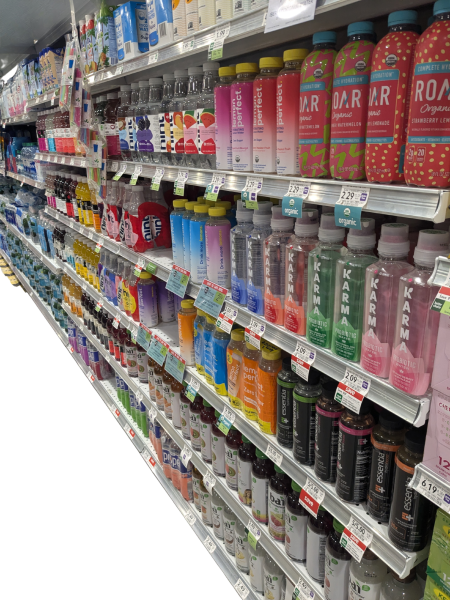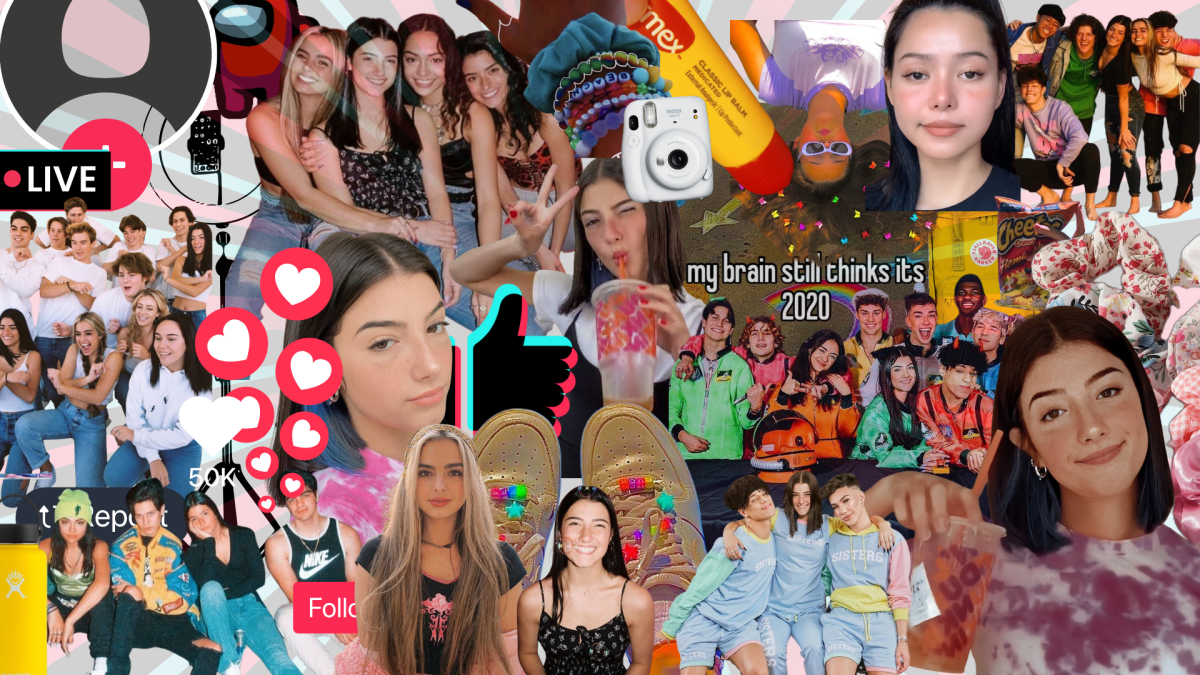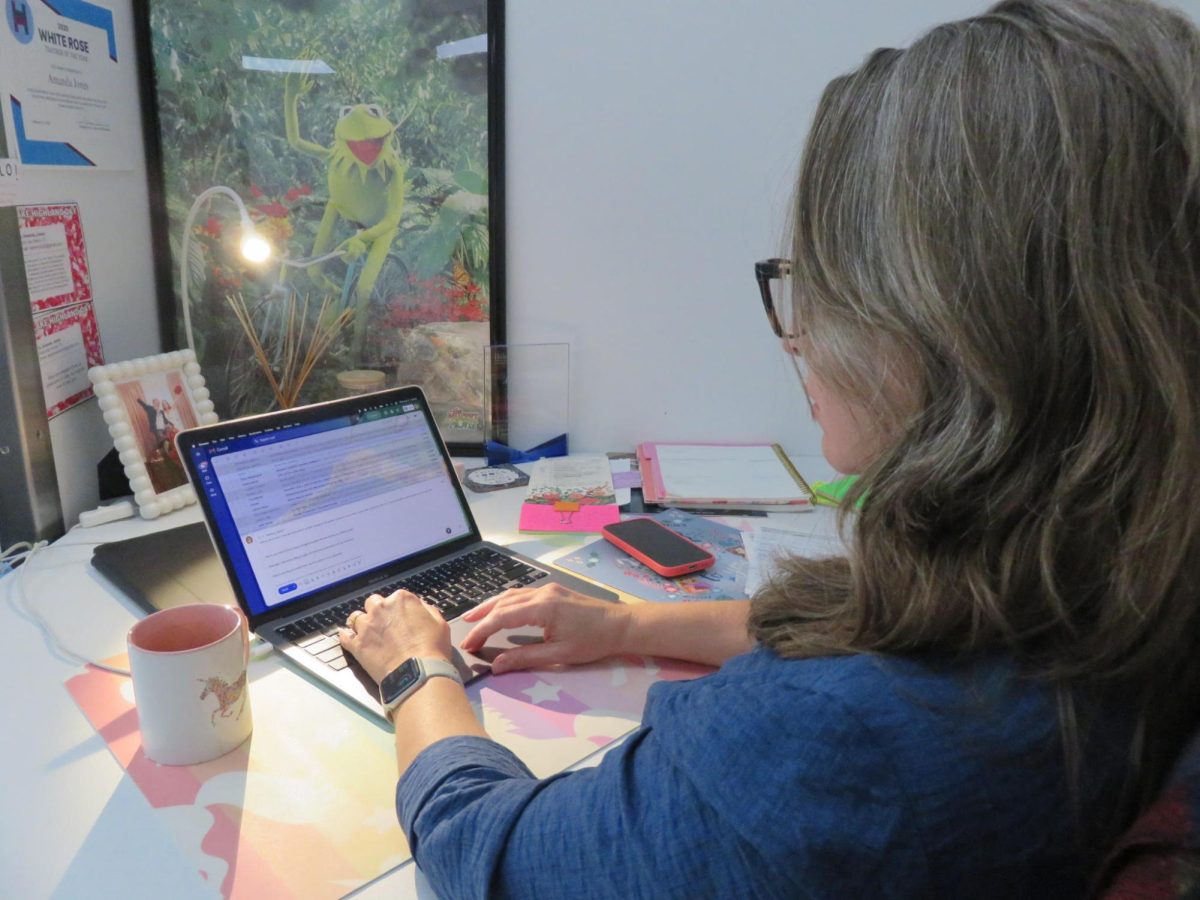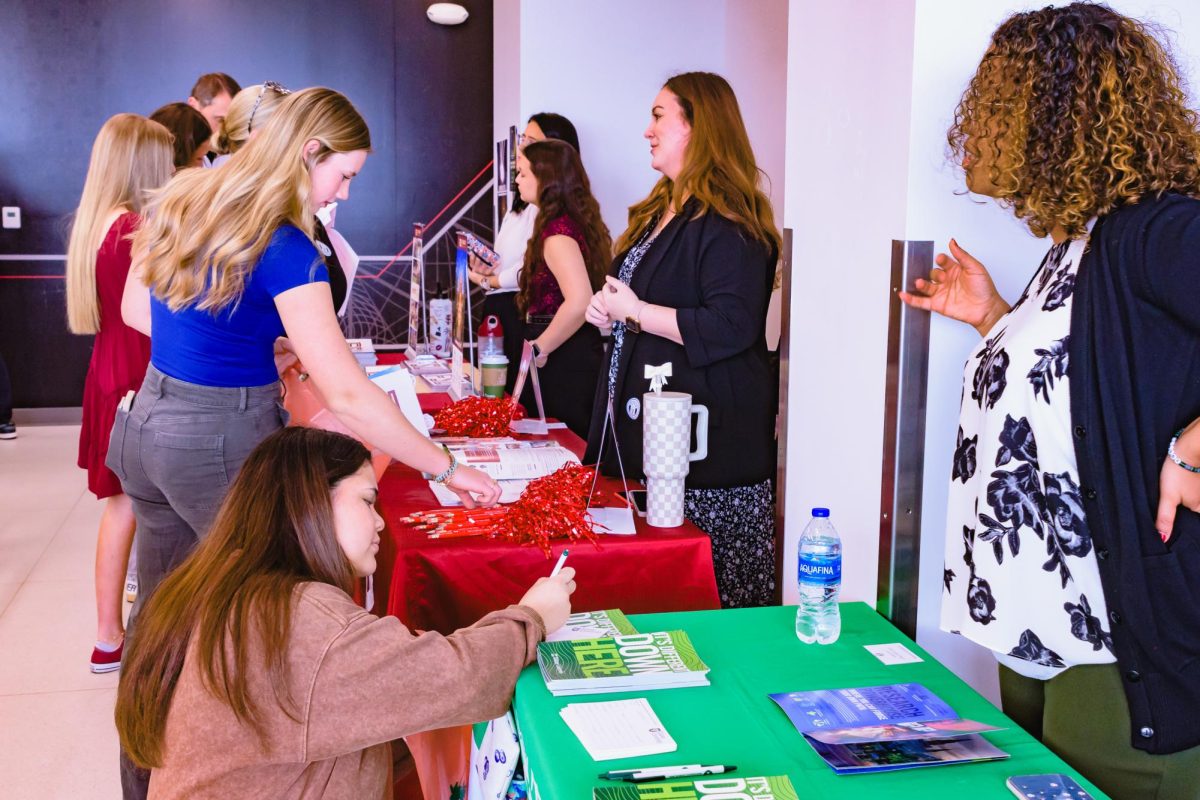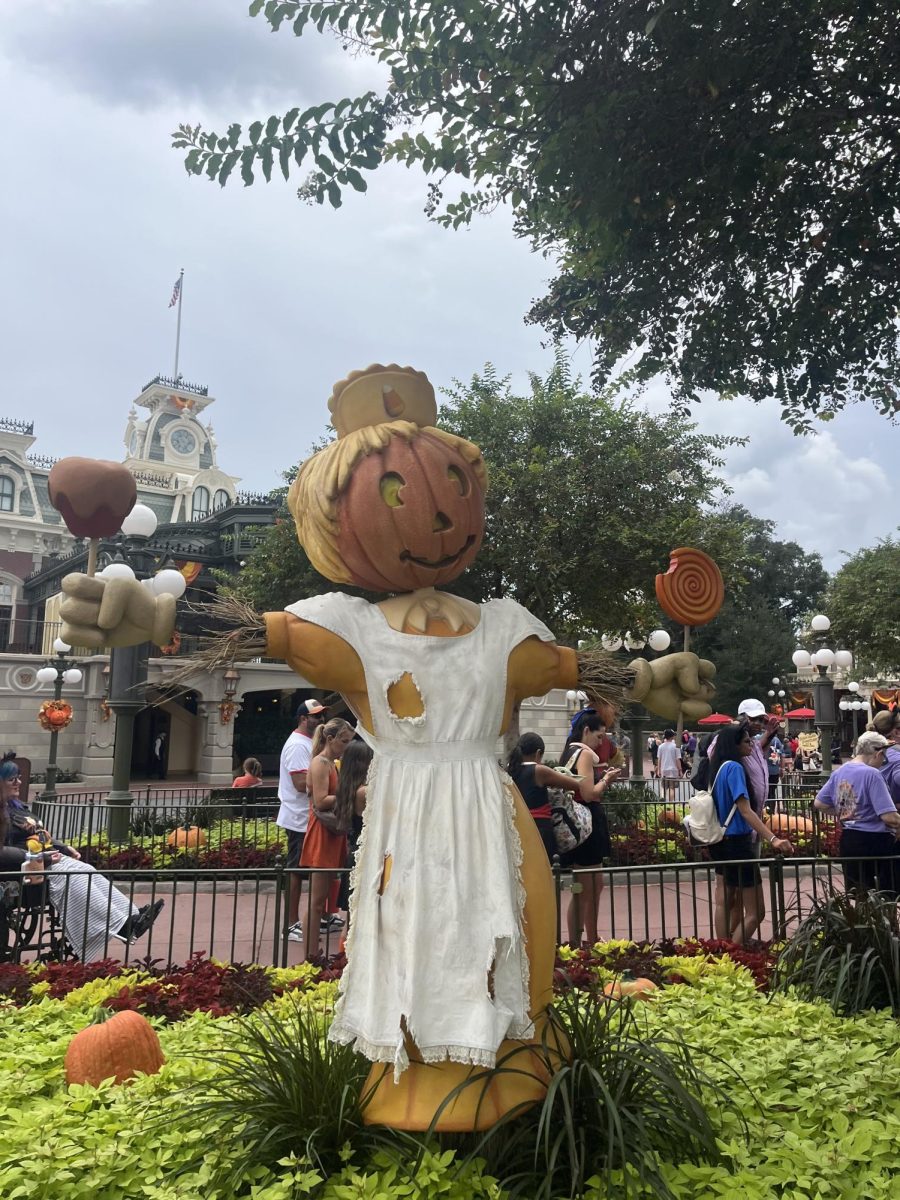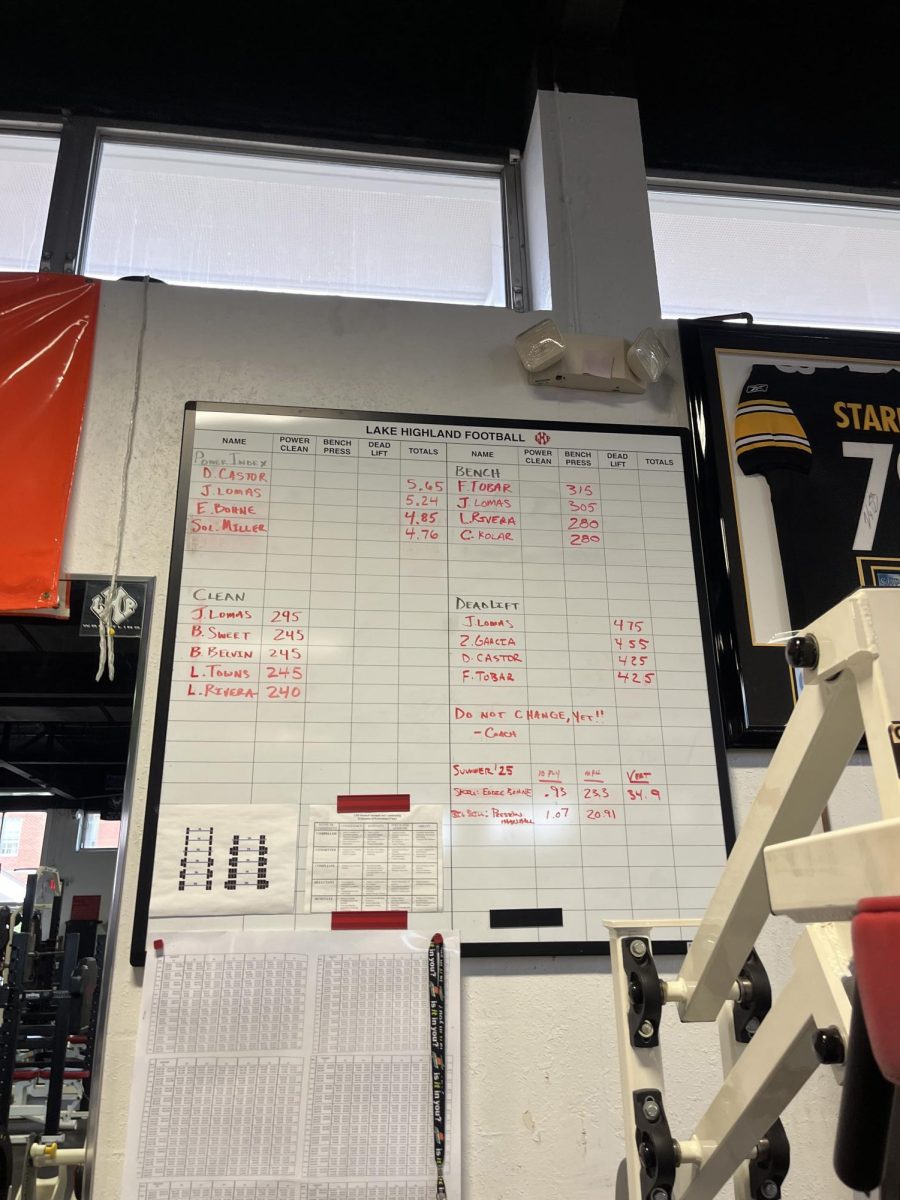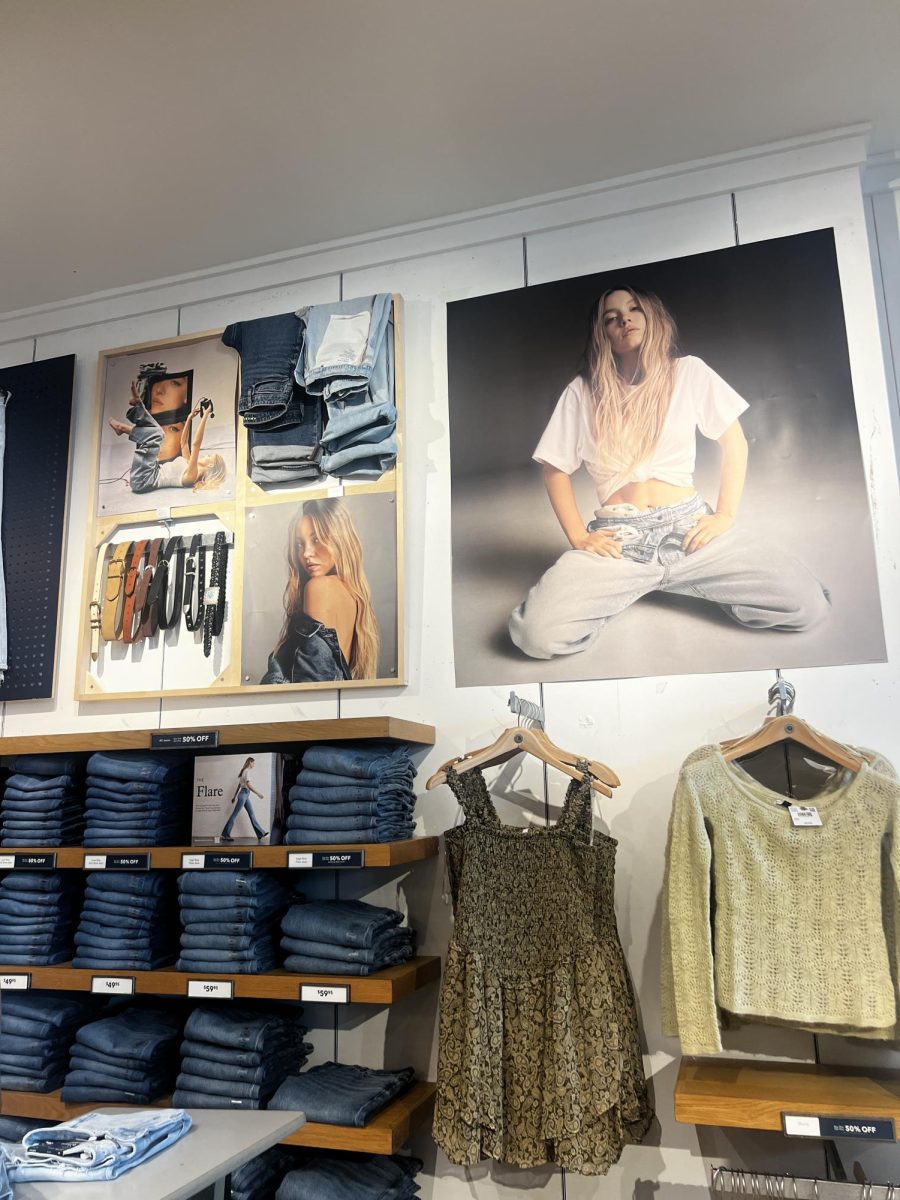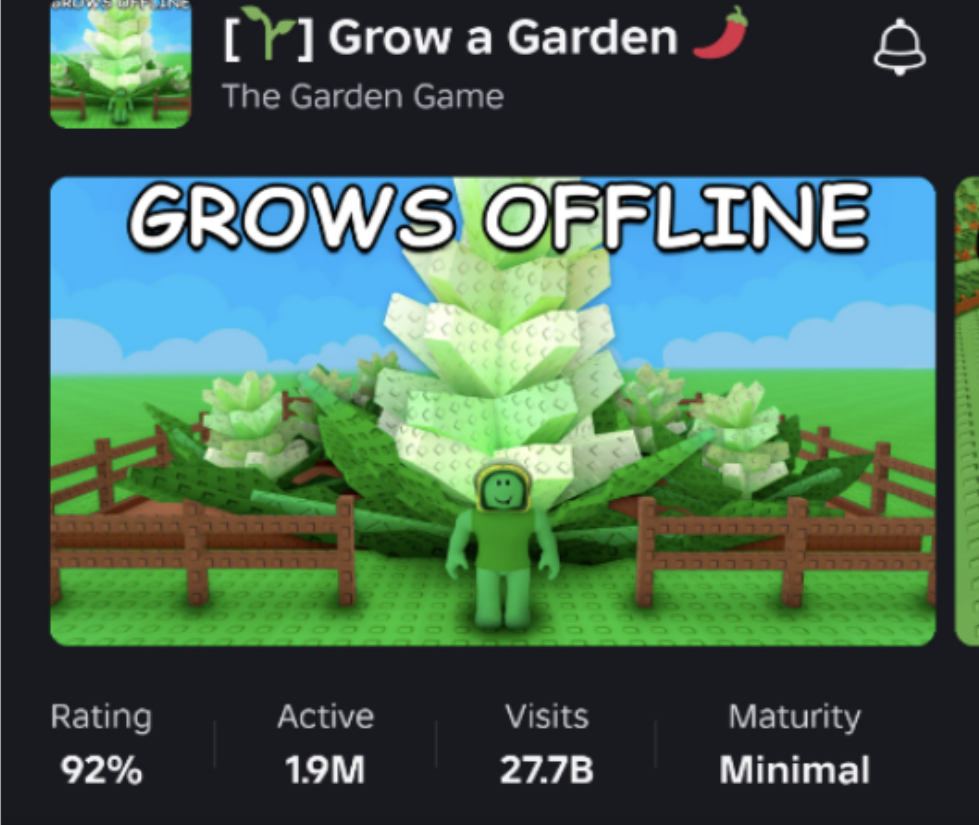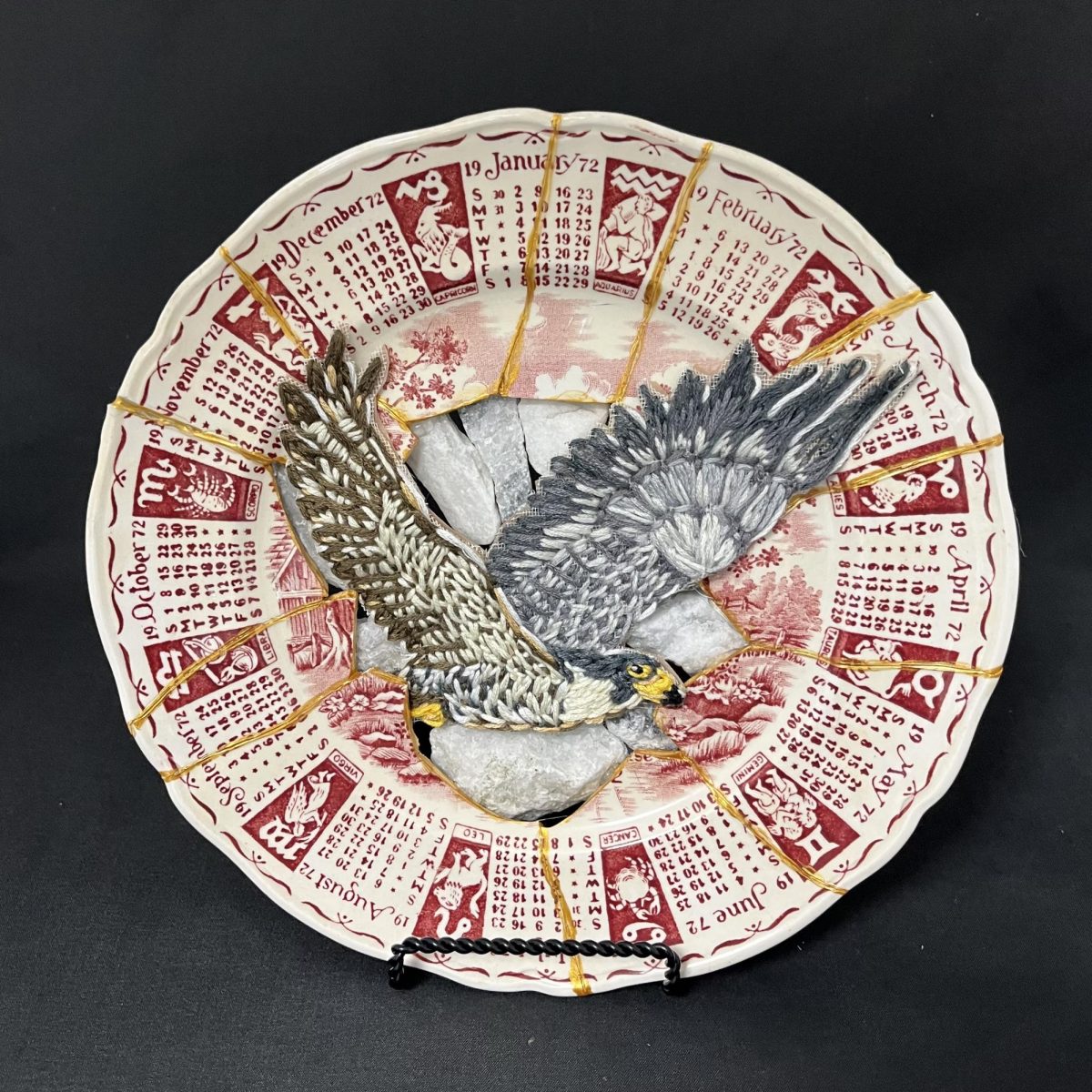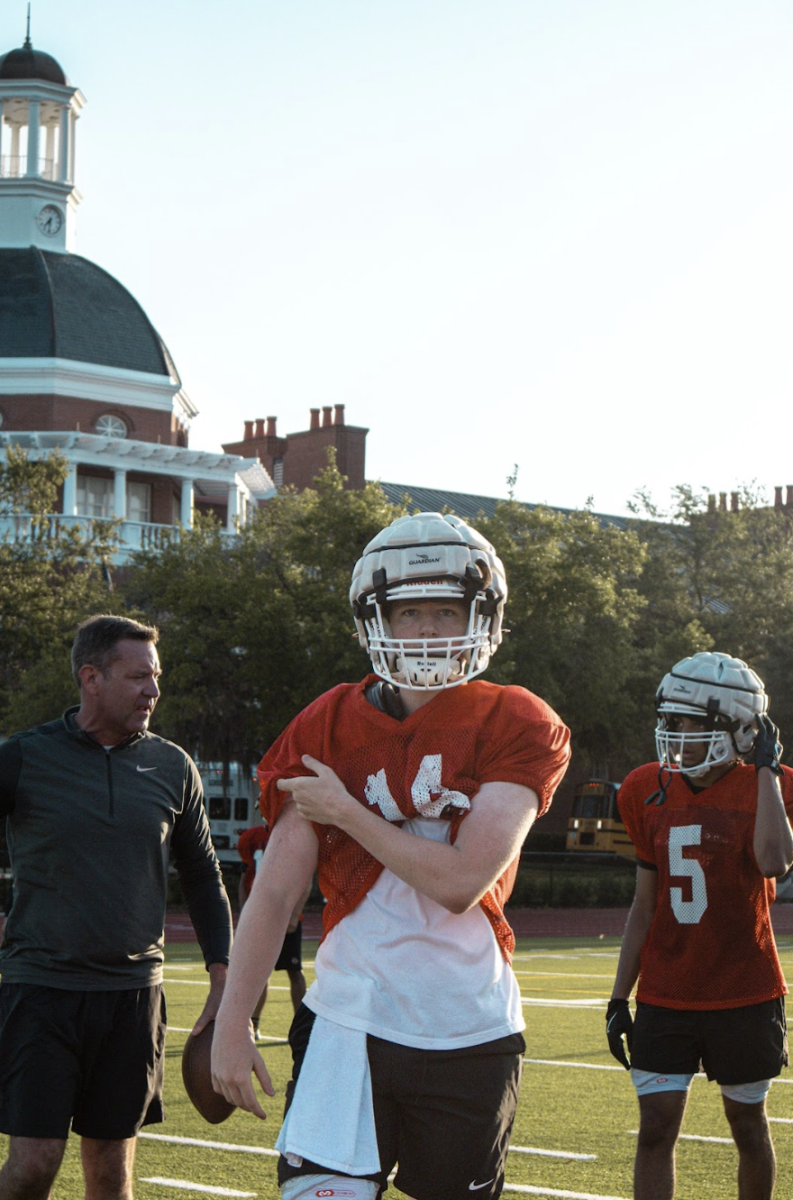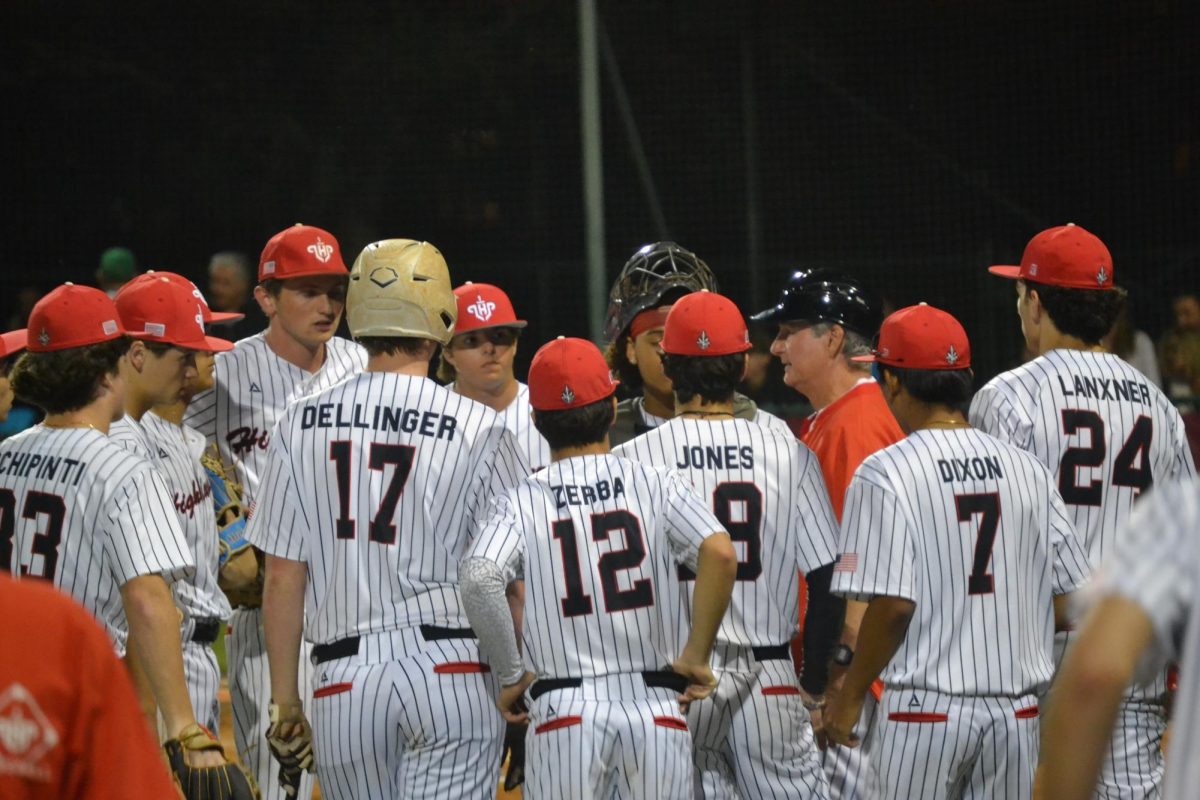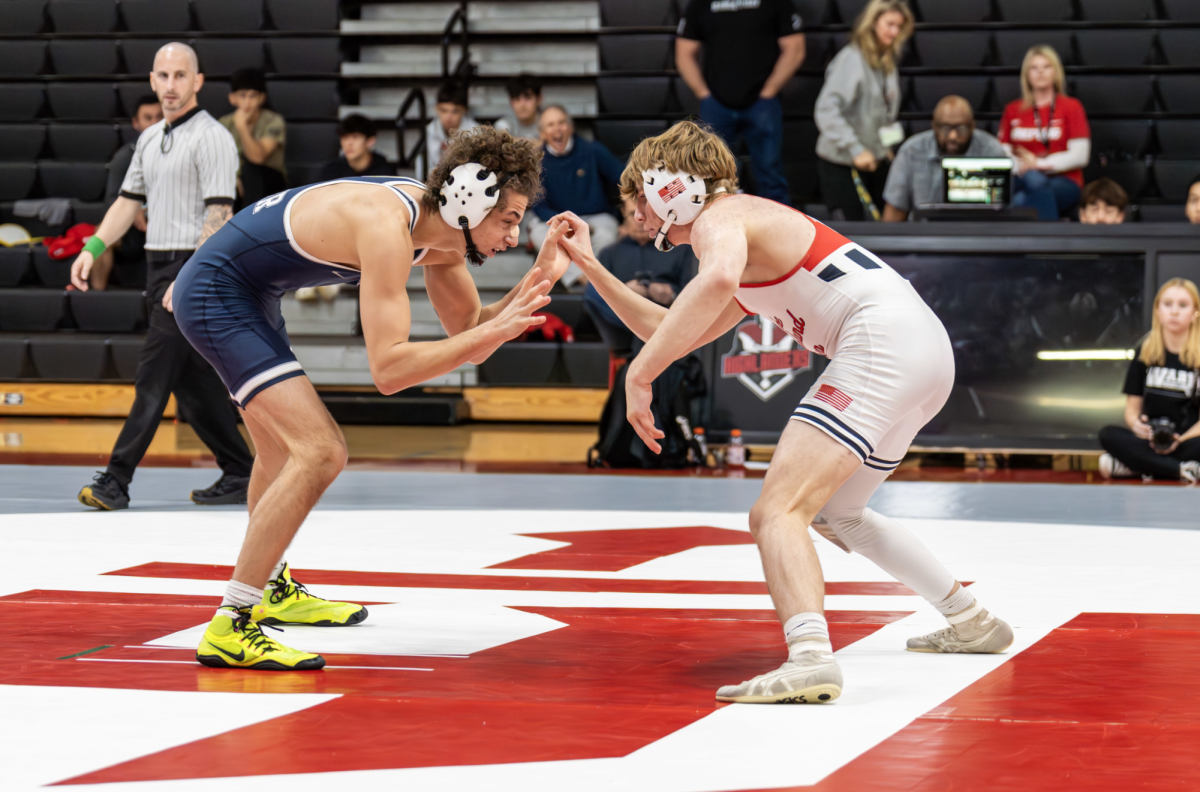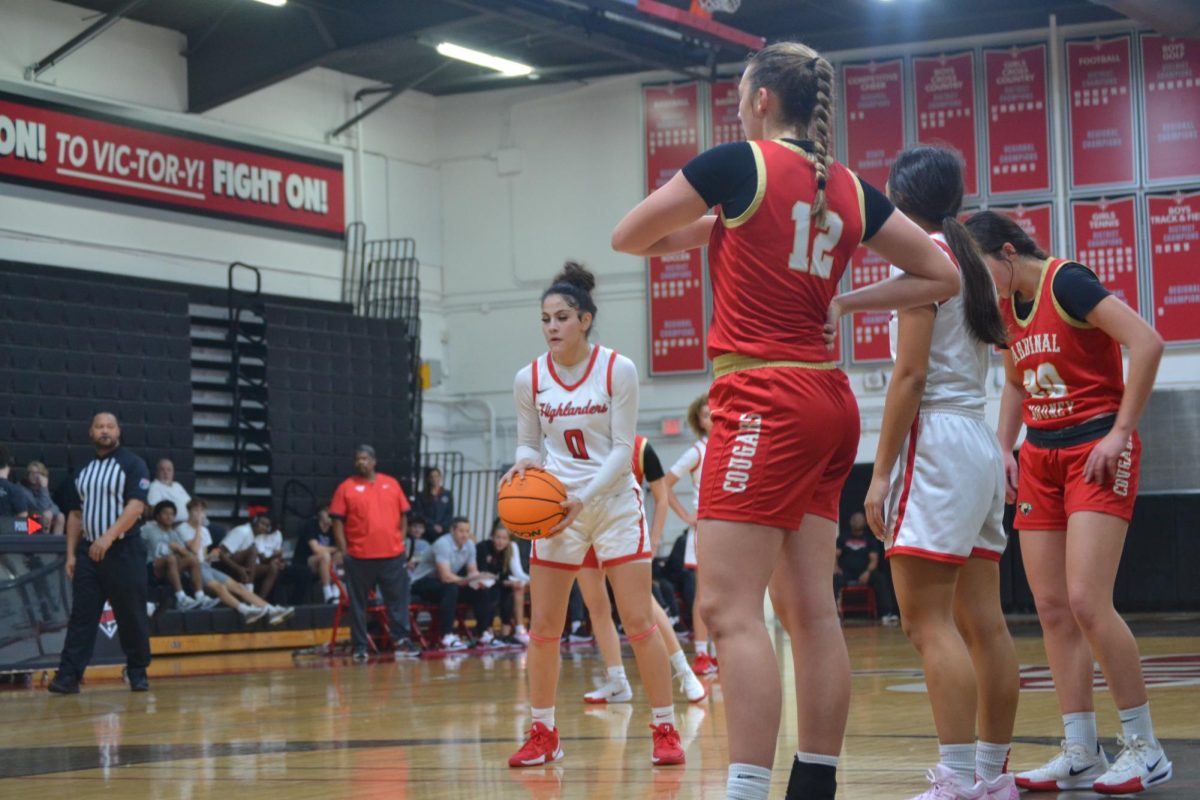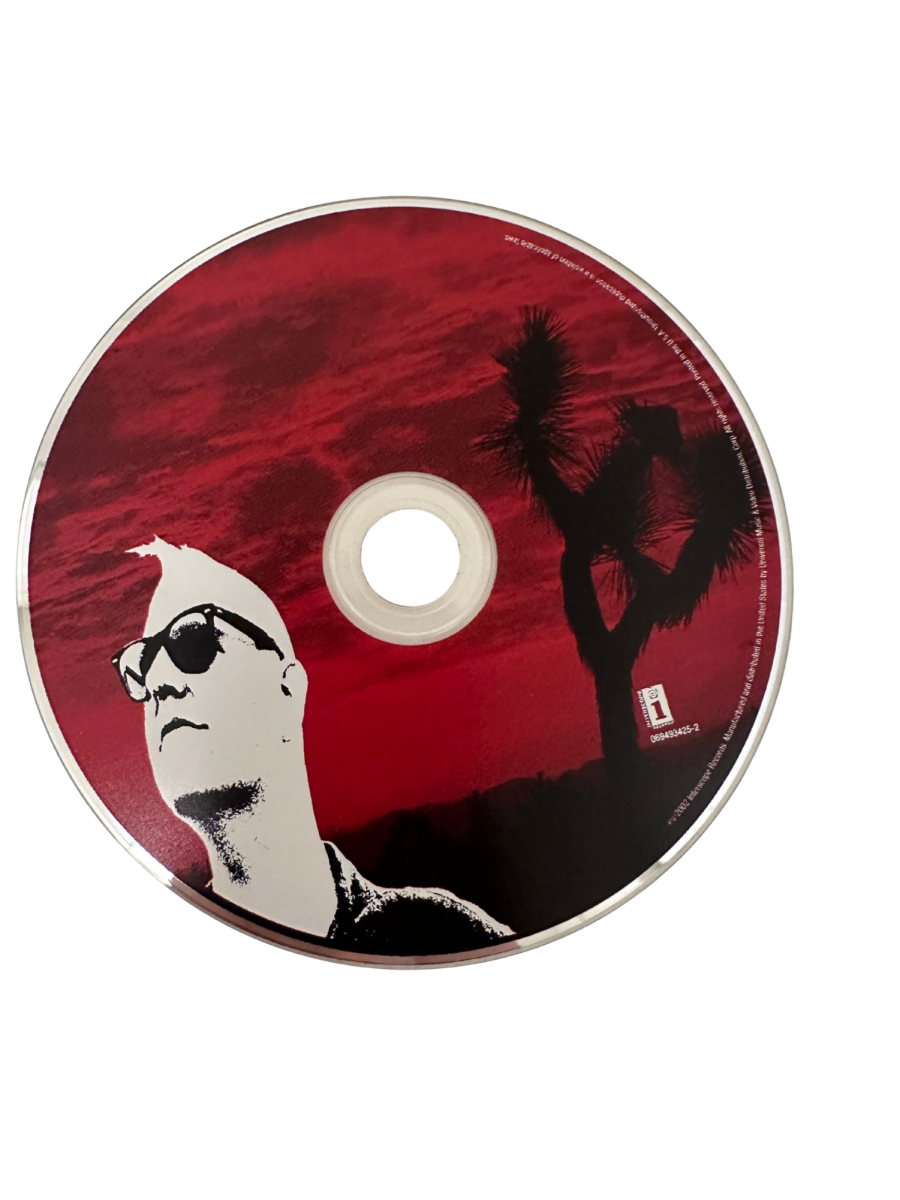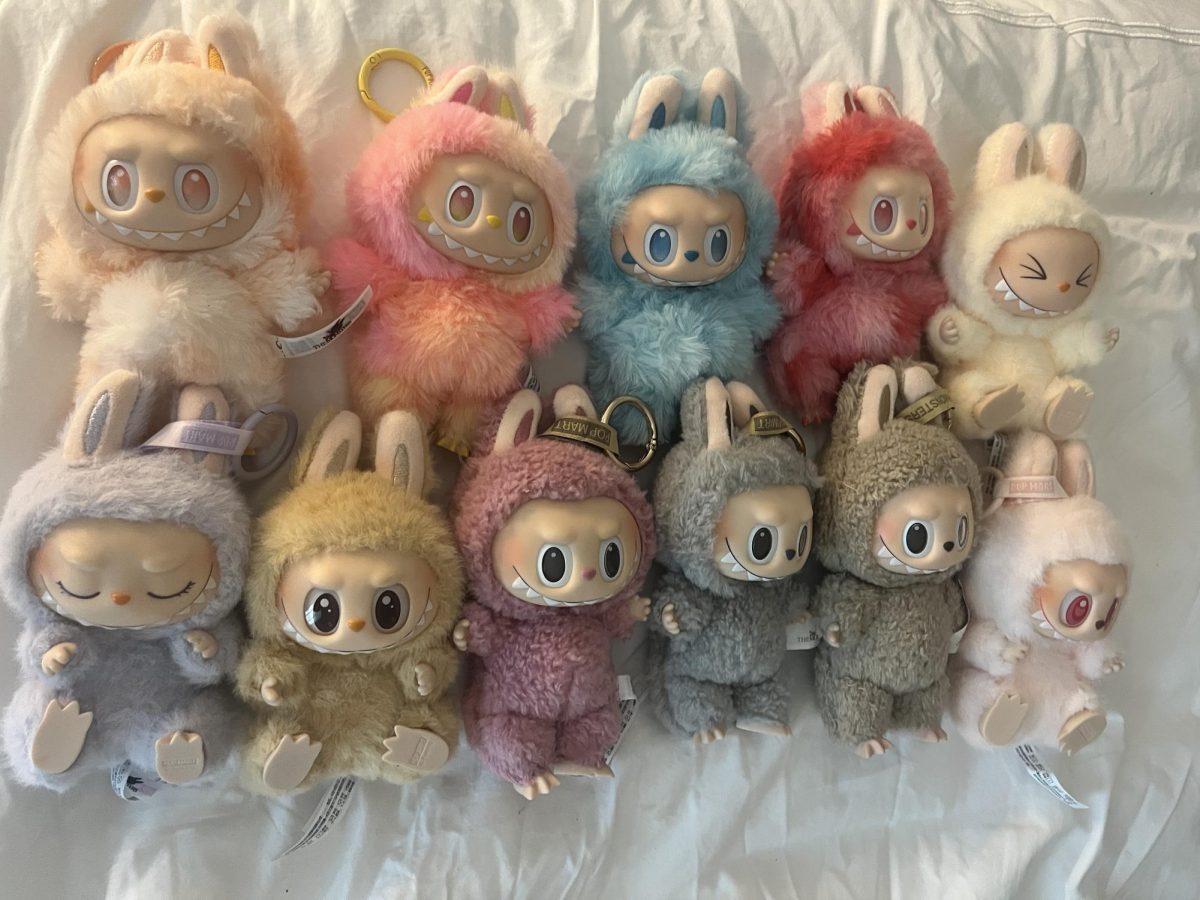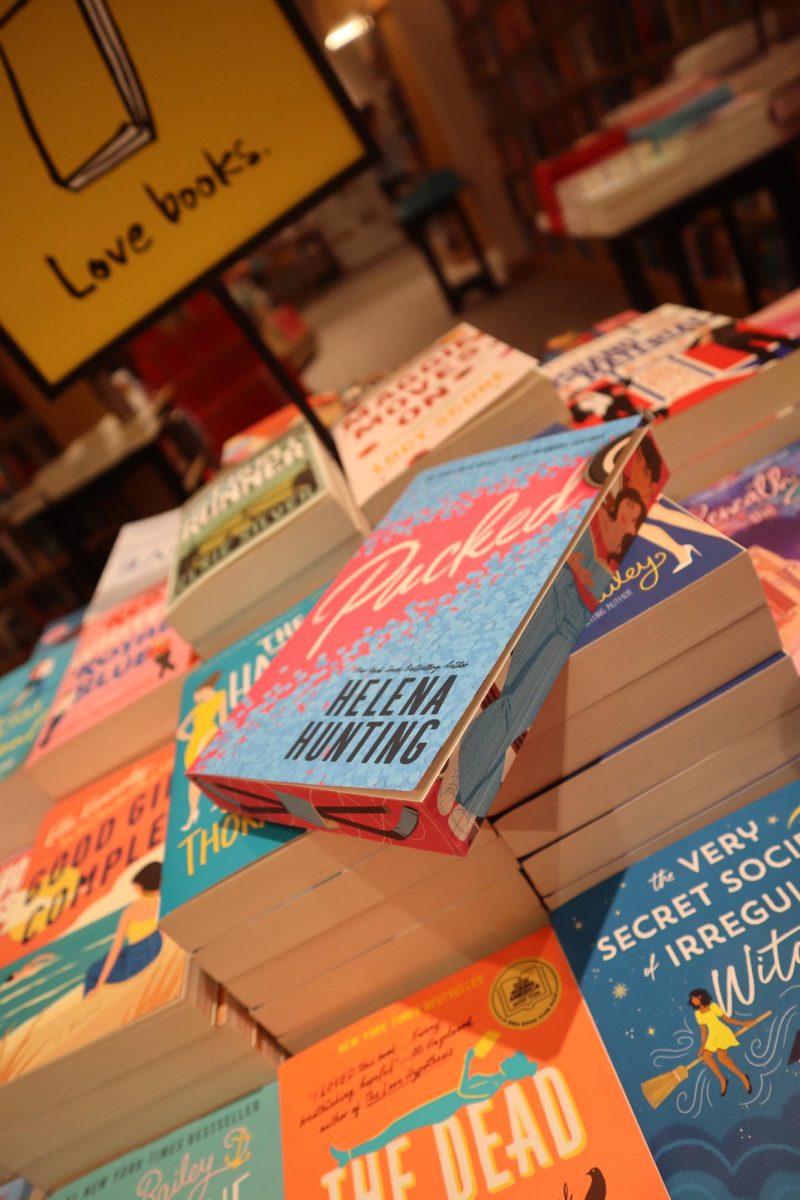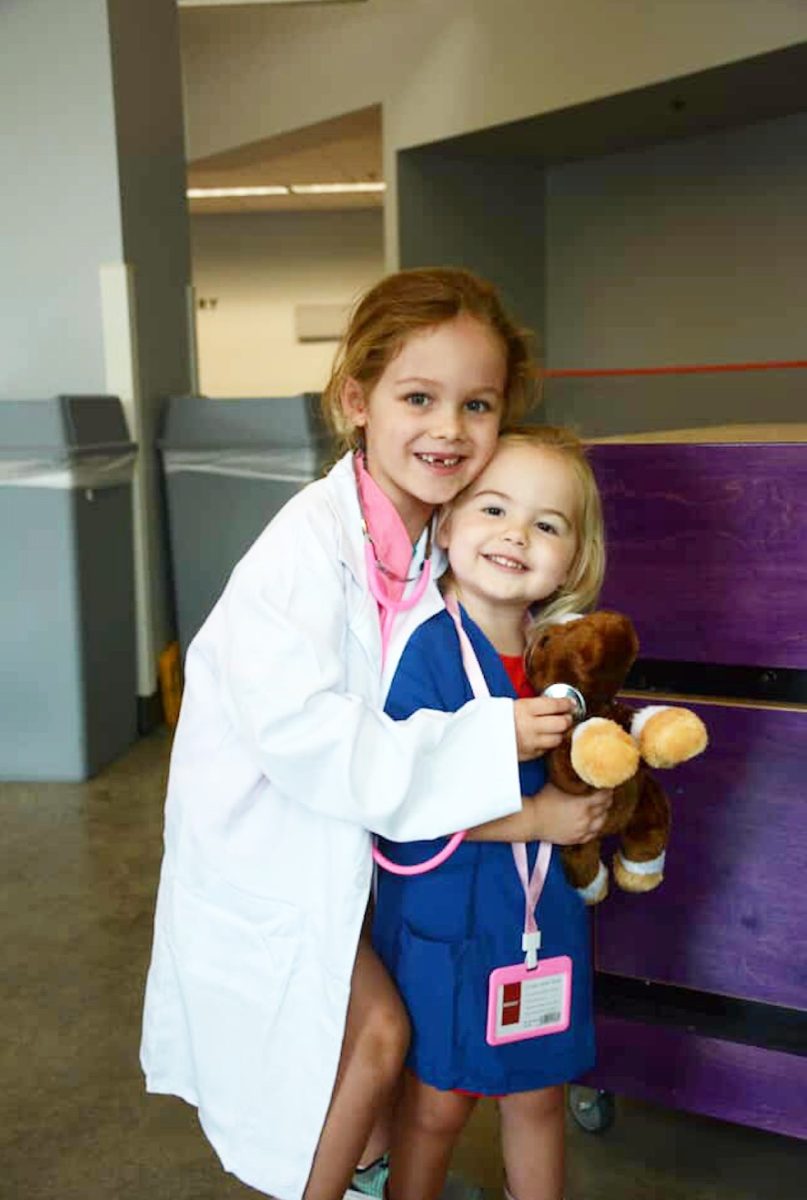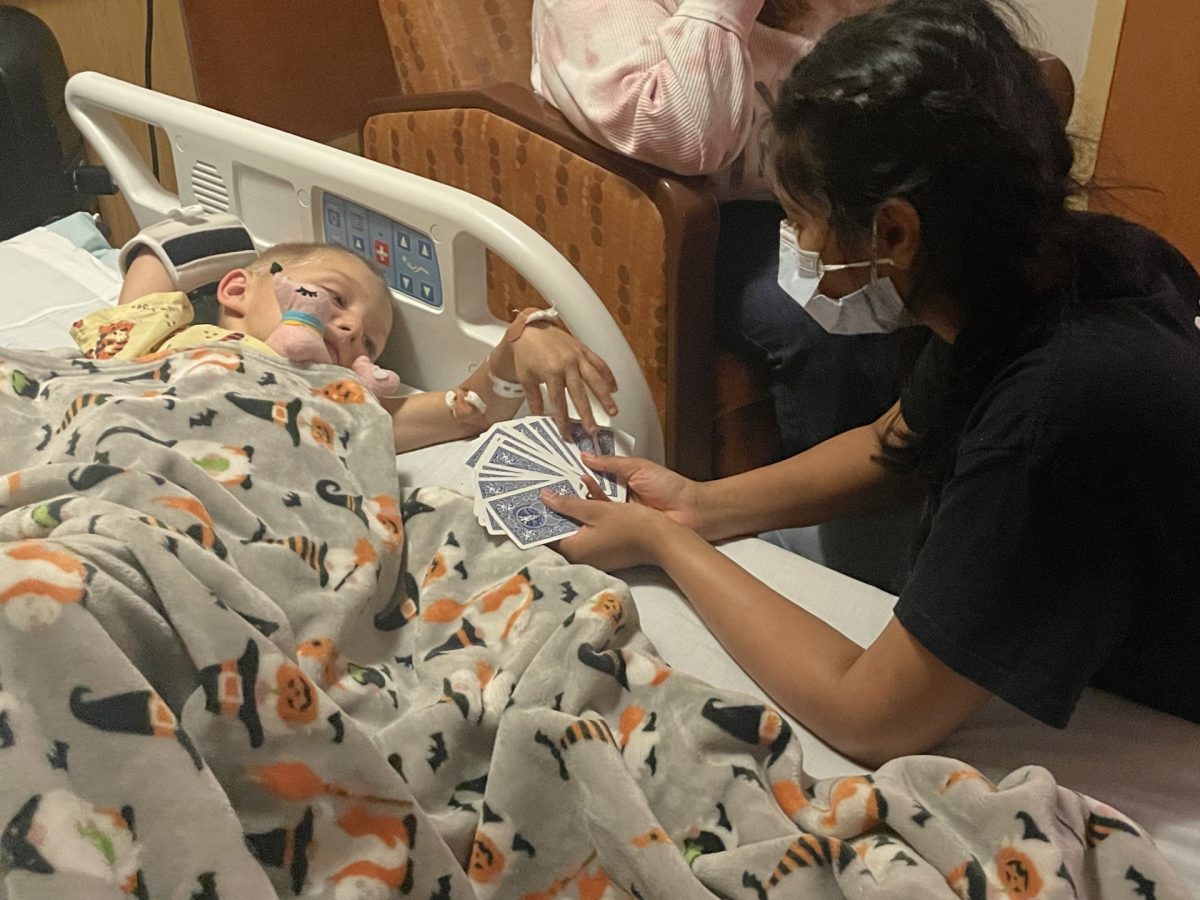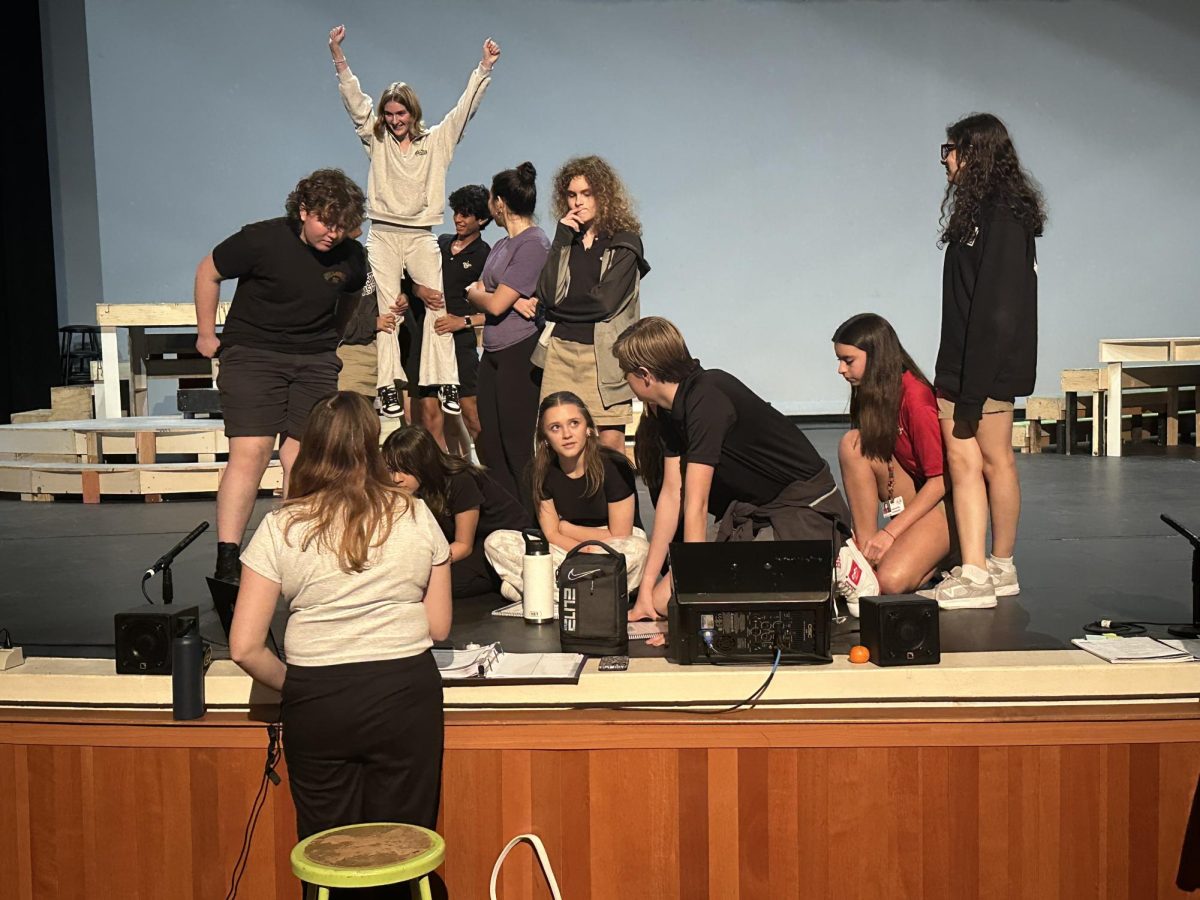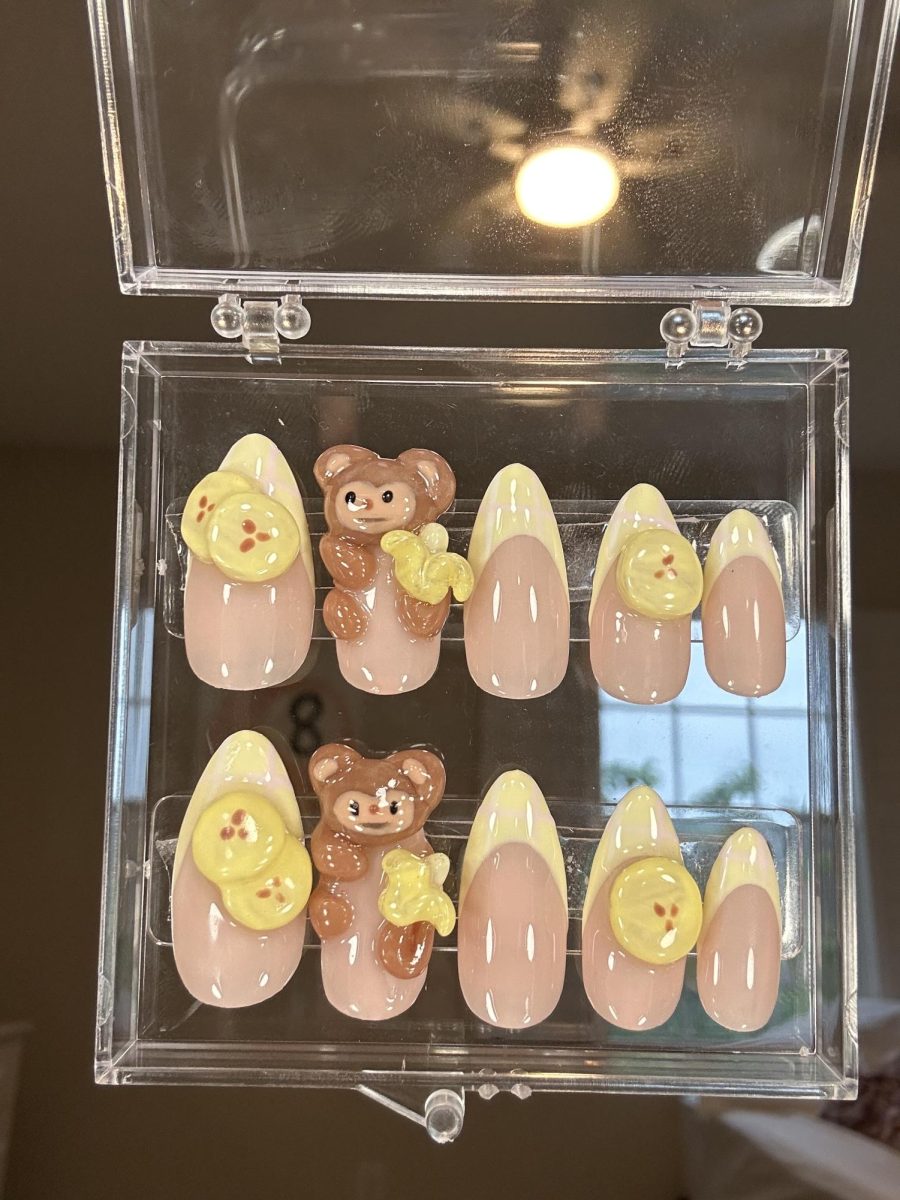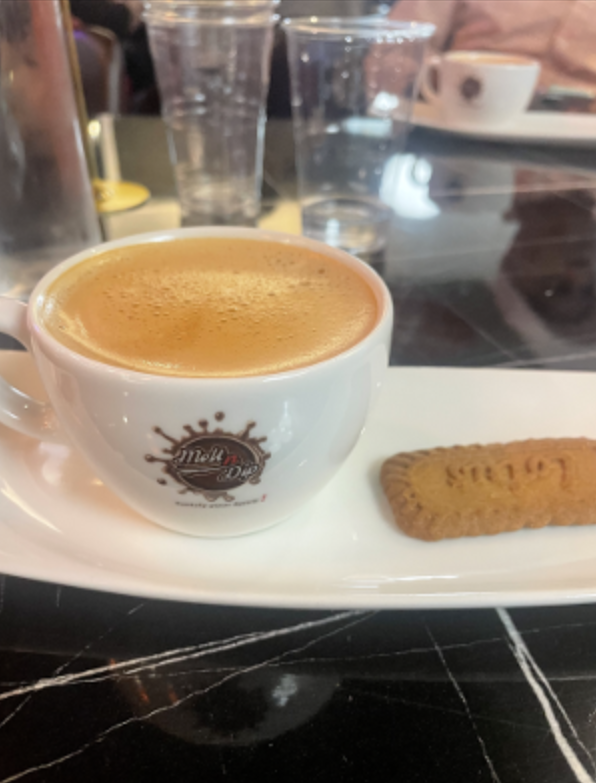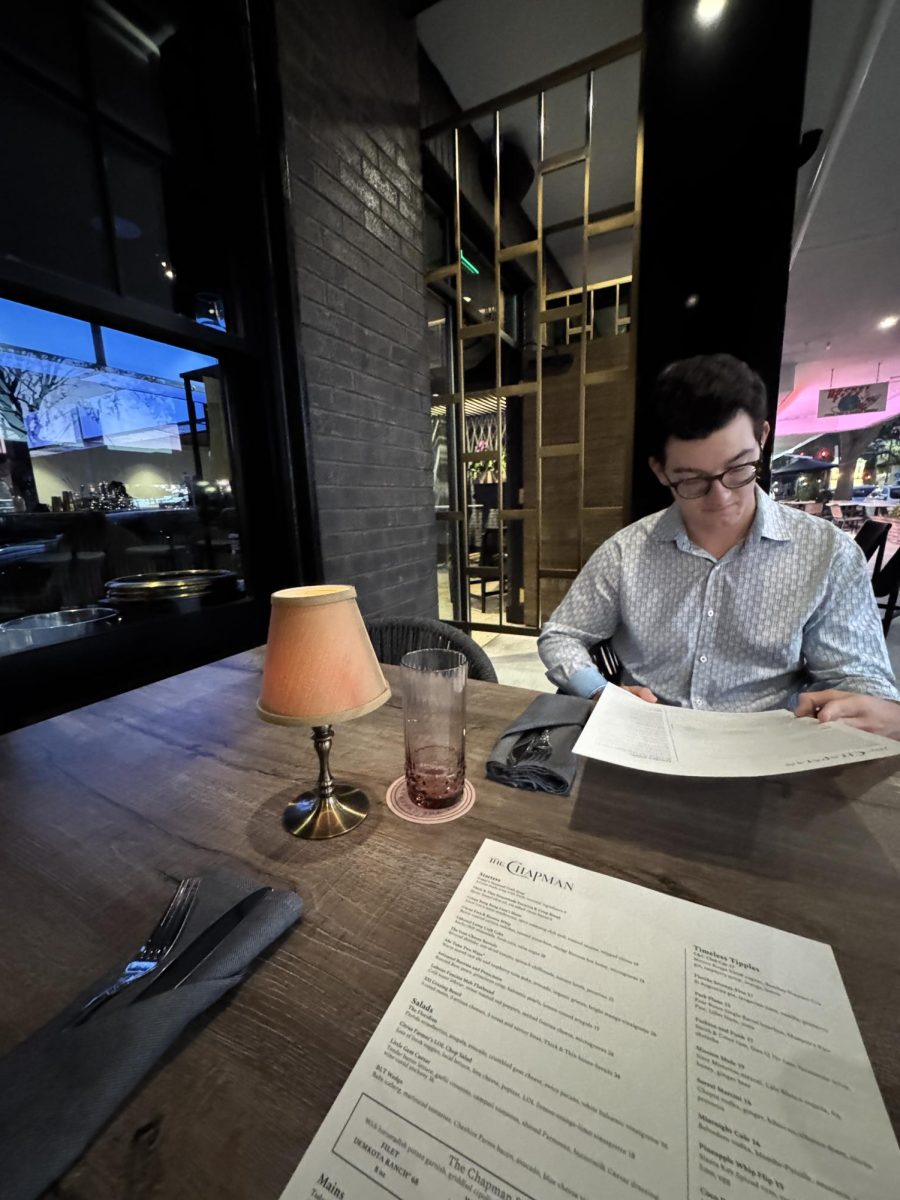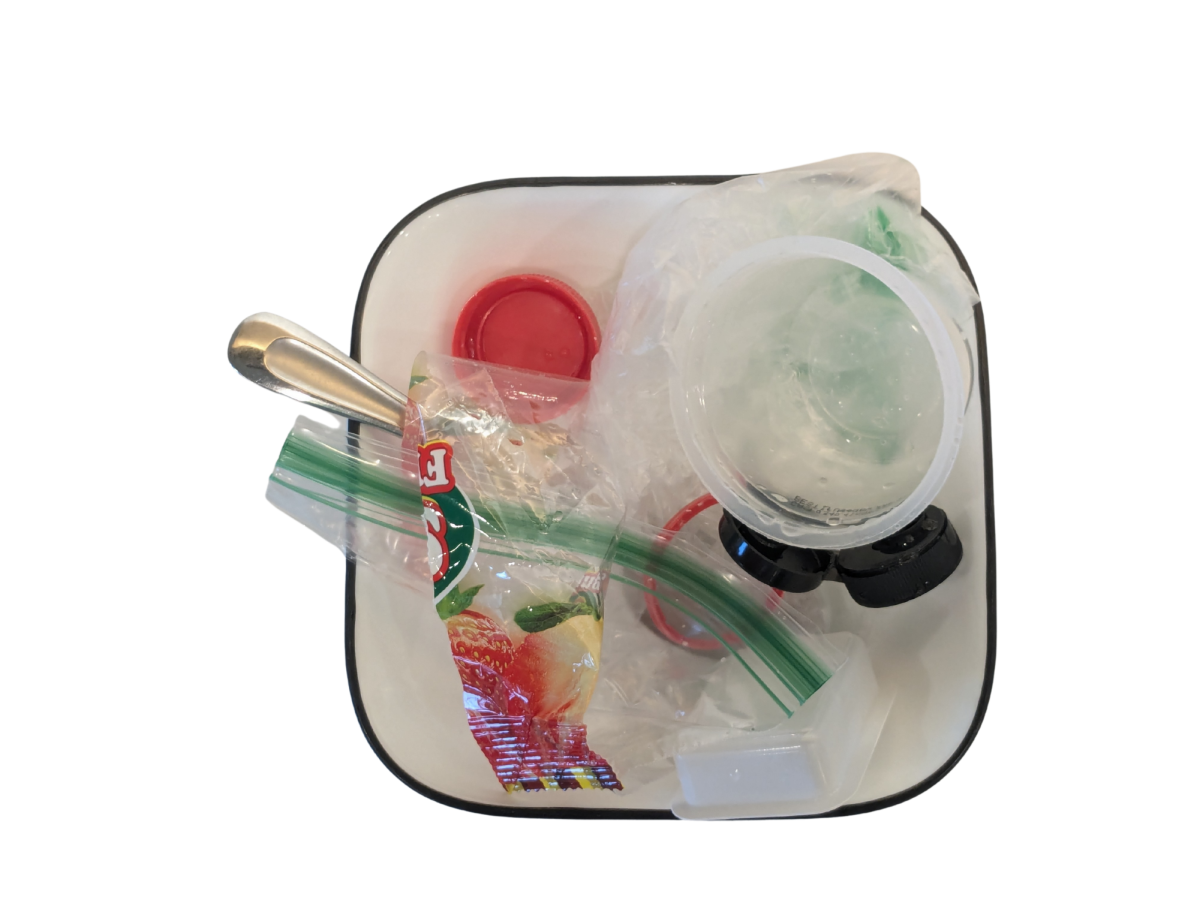Did you know you eat a credit card’s worth of plastic every week? This happens when you consume something that’s been in a plastic container or has been exposed to plastic in shipping or processing. Microplastics are fragments of plastic less than five millimeters in length. They are everywhere: inside our food, drinks, make-up, clothing, and air. These plastics go into our bodies and stay in our blood, organs, and tissues. Are these plastics safe? What threats do they pose to our health?
Neuroscientist Jaime Ross, PhD, conducted an experiment on microplastics in water and used mice as her subjects. In three weeks, Ross found that these plastics had made their way to the mice’s brains, leading to cognitive decline, according to the Association of American Medical Colleges. What’s even more concerning about this is that Ross used “clean” plastics with no toxic chemicals. So what would happen when we ingest plastic with harmful chemicals?
The topic of microplastics is still relatively new, and not many experiments have been conducted. Therefore, not much is known about the effects of plastic on our bodies. Many studies have come out recently with different conclusions on the matter. The FDA stated that, “Current scientific evidence does not demonstrate that the levels of microplastics or nanoplastics detected in foods pose a risk to human health.” Meanwhile, a study performed by The New England Journal of Medicine concluded that patients who had ingested microplastics had a, “Higher risk of a composite of myocardial infarction, stroke, or death,” than those who hadn’t. It is clear that it is up for debate whether microplastics actually harm us, but it certainly doesn’t hurt to avoid consuming them.
Almost everything you eat and drink contains plastic, whether it’s from packaging, processing, or contamination. Although consuming plastic is inevitable, there are things you can do to minimize it. Many cutting boards are made of plastic, and using them creates plastic chips that stick to your food. Bamboo boards are a great alternative as they absorb little moisture and are bacteria-resistant.
Another huge source of microplastics is water. The National Institute of Health researched plastic content in water and found that there are 240,000 small pieces of plastic in a liter of bottled water. A great way to avoid these plastics is to drink tap or filtered water. The Plastic Pollution Coalition researched this point and found that, “Individuals who meet their recommended water intake through only bottled sources may be ingesting an additional 90,000 microplastics annually, compared to 4,000 microplastics for those who consume only tap water.” As well as water, tea can also contain microplastics that come from the tea bags. Many tea shops sell loose-leaf tea, which eliminates the waste made from bags. The tea is put into a small metal strainer rather than a microplastic diffuser, eliminating any plastics in your warm drink.
Other foods that contain microplastics are seafood, fruits, vegetables, and salt, but eliminating all of these from our diets is not feasible. Instead, we can be more mindful of the chemicals in our foods and try to get the safest kinds. Many plants can have harmful pesticides or additives, so buying organic crops is a great alternative. Seafood cannot be protected from plastics. A study was conducted on our oceans by Kyushu University and they found that “There are 24.4 trillion pieces of microplastics in the world’s upper oceans, with a combined weight of 82,000 to 578,000 tons.” All marine life ends up ingesting these plastics, and when humans eventually eat them, they are also eating the plastic. This issue is unavoidable, and the best thing we can do is try to limit the waste we generate to prevent litter from going into the oceans.
Everyone loves their sparkles, but how far will we go to get them? Most glitters are made from PET, or Polyethylene Terephthalate, coated with aluminum and cut into tiny bits, and then thrown on everything from clothes to decoration. But these glitters don’t go away. They take over 1,000 years to completely biodegrade according to Today Glitter. This results in sparkly seas and dead marine life. Thankfully, many companies like Today Glitter have come up with biodegradable alternatives made of cellulose.
Consuming plastic isn’t preventable as it is a material we have become dependent on, but there are still things we can do to make a difference. Eliminating unnecessary plastic from our lives will stop litter from going into the oceans and landfills and ruining animal habitats and the surrounding environment, as well as creating a better community. Even one person doing this will help so much, as one person uses about 79 pounds of plastic each year according to the European Parliament. Some things we can do in our own community are taking care of our campus, joining LHP clubs like Students for Sustainability and Environmental Impact, as well as spreading this information to friends and family. Being more mindful of the waste we produce will help our society move towards a more sustainable future, making our world a better place.
